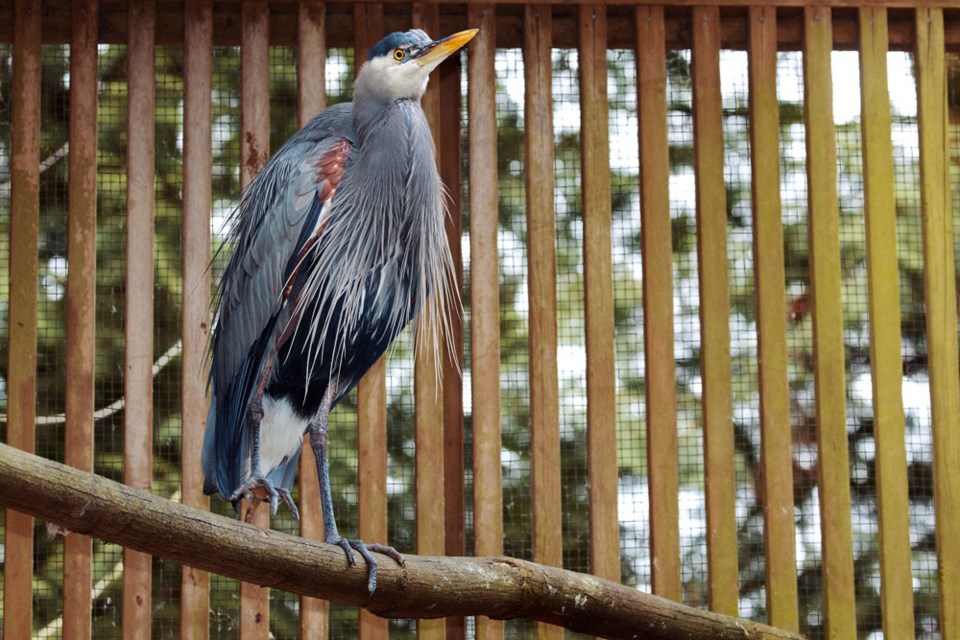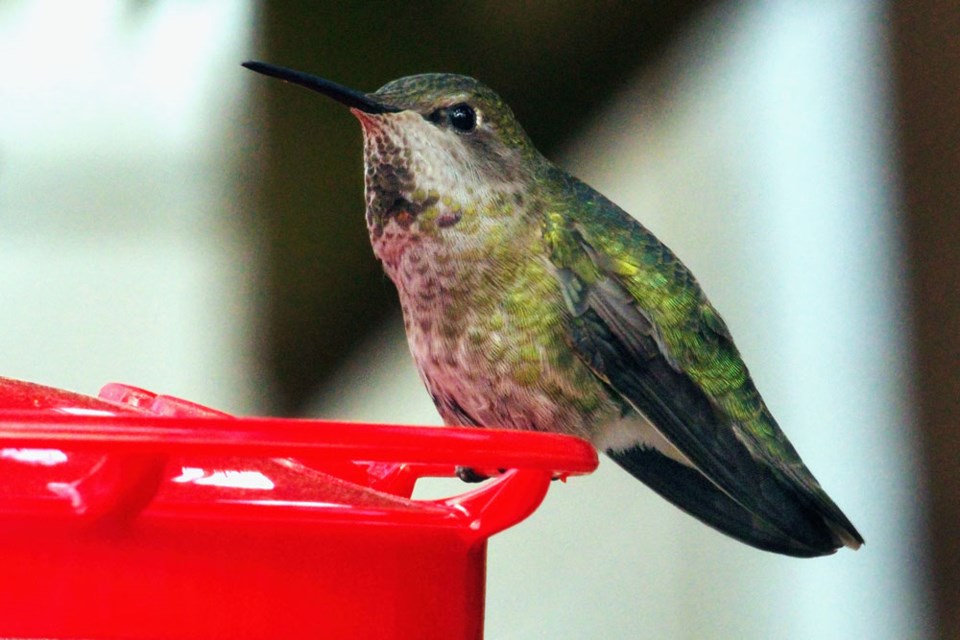The sheer numbers alone speak to a decades-long story of selflessness.
Forty-three years in operation. Fifty thousand calls per year from across the province. Countless animals saved. And a singular mission to help those that can’t help themselves.
The Wildlife Rescue Association of BC is a Burnaby institution, though it is truly a gift to the entire province.
Through its combination of both volunteers and paid staff, the association cares for and rehabilitates injured birds and bats, while providing an essential lifeline for B.C. residents with questions about wildlife encounters.
“We head out all over the Lower Mainland but we also go beyond,” explains Linda Bakker, the association’s co-executive director. “We get calls and patients from Hope, Pemberton and the occasional patient from Prince George or the Okanagan. There are very few places like us in B.C., so we will respond to calls from all over the province.”

The association admits roughly 6,000 wild animals each year — these innocent injured, ill and orphaned animals would die without the critical support the association provides.
Though some government grants do come in occasionally, this is a non-profit that relies almost exclusively on donor support.
And the need is constant: vast energy bills, regular site maintenance, ongoing medical equipment and food costs and the ability to pay the 20-plus employees.
“With the holidays coming, we would love to see more support coming in,” Bakker says.
And in speaking to the holiday season, the association’s primary care at this time of year is focused on birds heading south for the winter.
“Right now, we see a lot of what we call ‘migration exhaustion’ from migrating swans and snow geese that in the summer spend their time up north in Alaska, Yukon or in Russia, and then migrate south,” Bakker explains. “By the time they get here they are exhausted and emaciated, so they need our care to recuperate.”
While wildlife rehabilitation is the association’s central role, its Wildlife Helpline is also a critical component. Available daily from 9 a.m. to 3:30 p.m., picture the hotline as almost like a 3-1-1 service for those with any question related to wildlife: what to do with bird feeders, or how to react to a bear sighting, for example.
In the event that a situation falls outside of the association’s scope, call takers direct callers to other associations or resources that can assist in that particular scenario.
“We definitely call ourselves emergency responders,” Bakker says. “Just like when you work on an ambulance, you definitely need a lot of empathy and compassion.”
And while the need for donors is pressing, so too is the call for additional volunteers. The wildlife association has a robust pool of about 250 volunteers, though more are always welcome across a number of tasks: animal care, call takers, office volunteers, site maintenance, and transportation needs.
“This line of work is definitely fulfilling and that really makes it all worthwhile,” Bakker says.
For more information and to donate to Wildlife Rescue Association of BC, visit www.wildliferescue.ca.



